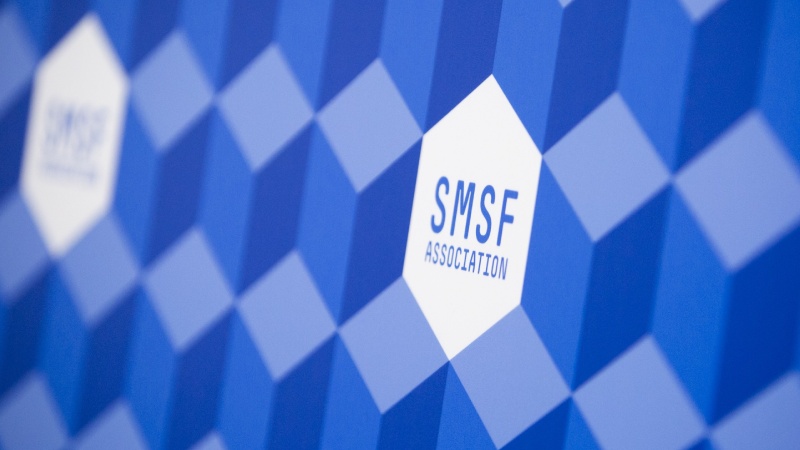Fee threshold may create unintended consequences for SMSF audit firms
The new proposed changes to fee provisions may lead to unintended impacts for SMSF audits and will require greater consideration on its different applications for firms facing the independence standard, according to the SMSF Association.
The APESB has recently issued exposure draft amendments to fee provisions in the APES 110 Code of Ethics.
In a recent submission to the APESB, the SMSF Association focused on the proposed paragraph AUST R410.14.1, which discusses auditor independence and the impact of referral fees, including the introduction of a 20 per cent threshold.
"Feedback from members on what would be considered an appropriate threshold has been varied. SMSF audits are conducted by ASIC registered SMSF auditors in a variety of firm types, structures, and sizes. Therefore, the impacts of a particular threshold will be varied," the SMSF Association said.
"We do have concerns that the introduction of a threshold will become a dominant focus, may cause unintended consequences, will negatively impact start-up businesses and risks becoming a barrier to entry."
In the draft proposal, AUST R410.3.1 sets out that when the total fees in respect of multiple audit clients referred from one source represent a large proportion of the total fees of the Firm expressing the audit opinions, the Firm shall evaluate the significance of the threat and apply safeguards when necessary to eliminate the threat or reduce it to an acceptable level.
The SMSF Association noted that there is an inconsistency in how threshold percentages are positioned in AUST R410.3.1, and how it will be applied across different provisions within the exposure draft.
“Paragraph AUST R410.14.1 does not equally provide for a similar period over which auditors must consider audit fees from a single referral source,” the submission said.
“The period over which the standard is to be applied is not stated or defined. When considering fee dependency and the associated risks, it is difficult to see the difference between a parcel of fees from one referral source to a single audit client. It could be argued that the referral of a parcel of fees poses a lower risk to a single audit client.
The Association also observed that the exposure draft does not address at what point in time the threshold test must be considered or applied. This can result in a vastly different outcome when applied at different points across a financial year
Concerns are held that an auditor may take genuine steps to comply with the standards, yet still fall foul of these provisions if a regulator or a court were to apply the threshold at a different point in time.
“An auditor may in good faith, at the start of a new financial year, undertake an assessment of their likely fee income and sources for the year. Whilst fees, including referral fees, for the previous year may assist in a budgeting or planning process, there are no guarantees that the same level of work will be received the following year,” the SMSF Association said.
“There are a variety of external factors that will impact the referral of audits that may not be known by the auditor. An unexpected increase or decrease in referrals may occur during the year.
"Indeed, fluctuations are not uncommon. It is the extent or degree that often can not be determined. Members also raised concerns about how they are to assess a proposed new referral of audit fees.
“In practice, these are not guaranteed to come to fruition. A new referral partner may indicate at the start of the relationship to submit, for example, 100 SMSFs for audit. However, only a small fraction of these (e.g. 20 or 40 audits) may be received. The number of audits to be received by an auditor are contingent only until the audit is physically received."
There are concerns that the auditor cannot control this environment and often won’t know until the end of the financial year what their actual audit program for the year looked like, or what the value and percentage of fees from various sources were, according to the SMSF Association.
"To codify a specific percentage puts the auditor in an impossible position. At what point in time does the auditor need to comply with the threshold? Or should the auditor simply assume that the threshold will not be met and apply safeguards," the submission said.
"This would likely involve at least annual independent audit reviews, which are costly, time-consuming and increase the cost of business.
"Auditors should be able to address these issues as part of their ASQC 1 Quality Control for Firms that Perform Audits and Review of Financial Reports and Other Financial Information, Other Assurance Engagements and Related Services Engagements issued by the Auditing and Assurance Standards Board."
Practical implementations of the threshold
When it comes to the final threshold that is to apply, it is essential that practical and appropriate safeguards are preserved, and that auditors are able to apply those safeguards reasonably and practically, according to the SMSFA.
Any guidance through the updated Independence Guide that follows any future update to APES 110, needs to be reflective of industry best practices, but also be practical, easily implemented and cost-effective.
“Our members are concerned that the introduction of a codified threshold will become a hard test that will require them to decline some, if not all, of the audits referred to them from a particular referral source,” the submission said.
“The concern is that the regulator’s intent for these proposed changes, and industry’s interpretation of them, may differ to any further interpretive guidance contained in a future version of the Independence Guide.
“Future guidance may result in any thresholds that are codified, evolving into a hard threshold test. Concerns were raised around the potential increase to compliance costs and the costs to SMSF trustees."
In the current SMSF audit environment, the SMSFA noted that auditors have been subject to ever-increasing compliance obligations. This is largely due to the ever-evolving legislative environment and continued engagement by the ATO as regulator.
“Concerns were also raised on what additional compliance burdens will be placed on auditors and the resulting cost to business,” the SMSFA explained.
“Many SMSF auditors operate within small businesses. They uniformly agree on the need for clear and consistent standards. However, compliance with the standards should not be onerous, either administratively, or financially.
“In an environment that has seen continued increases to compliance obligations placed on SMSF auditors, real concerns are held as to the additional cost to business, in an environment where margins are already under pressure.
“This is also of particular concern to small firms and start-ups, as there are no considerations included in the exposure draft as to how the proposed changes would apply to new firms as distinct from established firms. It was noted that the impact of these changes disproportionately impacts smaller firms as opposed to larger firms or those operating within large corporate businesses structures.”

Tony Zhang
Tony Zhang is a journalist at Accountants Daily, which is the leading source of news, strategy and educational content for professionals working in the accounting sector.
Since joining the Momentum Media team in 2020, Tony has written for a range of its publications including Lawyers Weekly, Adviser Innovation, ifa and SMSF Adviser. He has been full-time on Accountants Daily since September 2021.


